10 Interesting Facts About Clownfish
If you ever watched the movie Finding Nemo as a child, the chances are that that’s where you learned about clownfish for the first time! Aside from being the star of one of Pixar’s most widely loved hits, clownfish are one of the most fascinating fish species in the world.
They are intelligent fish that share a symbiotic relationship with anemones underwater. If you’re confused about what this symbiotic relationship is, stay tuned for a list of interesting facts at the end of this guide! In addition to some fun facts, we’ll walk you through a quick list of some essential clownfish trivia.
Also Read: 20 Amazing Stingrays Facts
Let’s take a closer look.
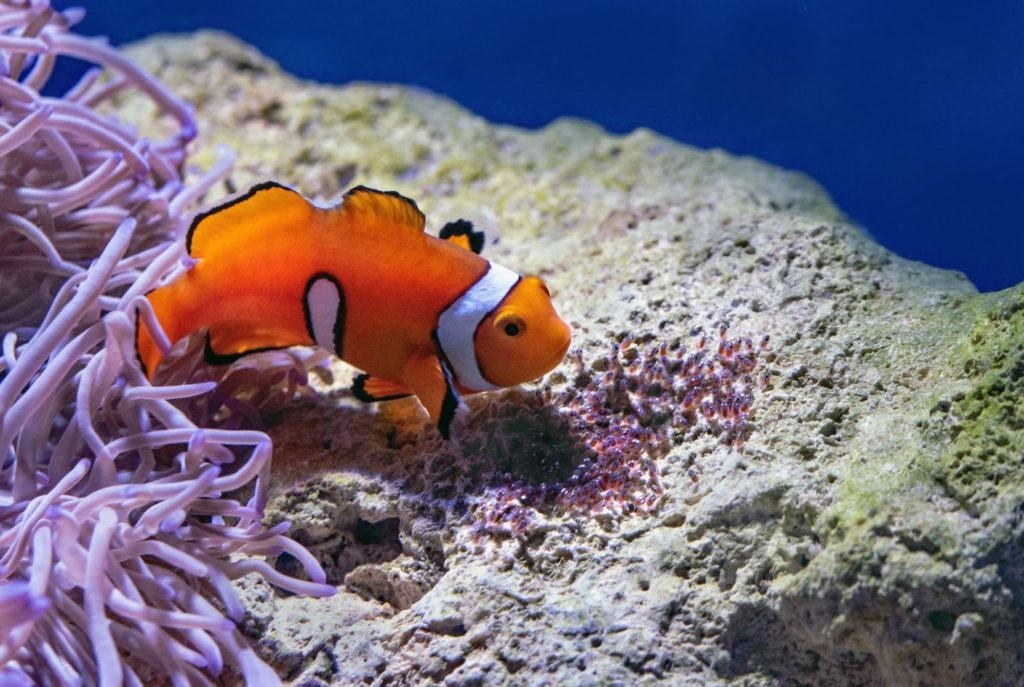
Basic Clownfish Facts
Name
Clownfish are also called anemonefish, referring to the fact that these fish live near sea anemones.
Scientific Classification
The clownfish’s scientific classification is as follows:
- Kingdom: Animalia
- Phylum: Chordata
- Class: Actinopterygii
- Order: Perciformes
- Family: Pomacentridae
- Genus: Amphiprion or Premnas
- Species: Amphiprion ocellaris
Latin Name
The Latin name for the clownfish is Amphiprioninae.
Appearance (physical characteristics)
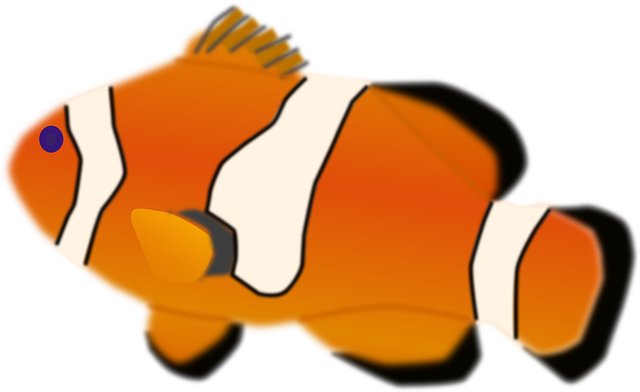
Clownfish have orange oval-shaped bodies with white bands or bars on either side of their body. Each of the white bands has a thin black line on either side; these black lines separate the white bands from the orange sections of the fish’s body.
Popular Types of Clownfish
Some common types of clownfish are:
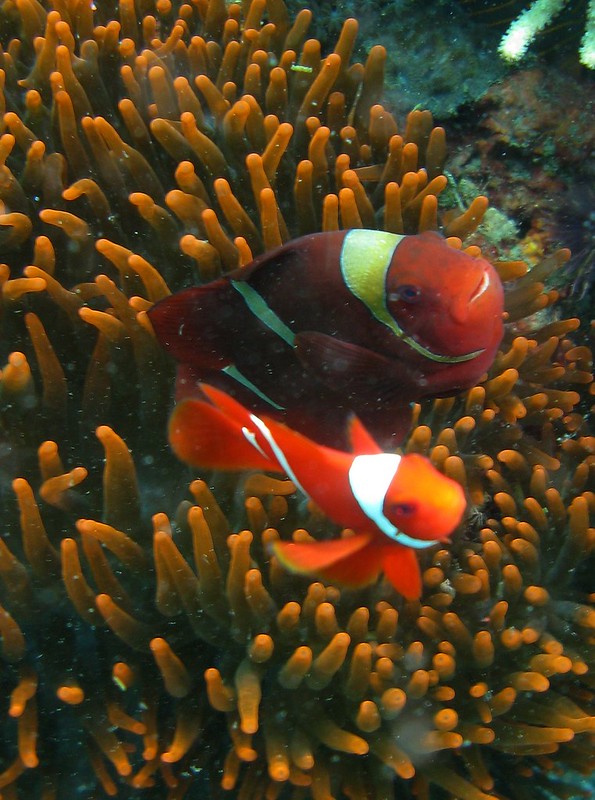
- Allard’s clownfish
- Oman clownfish
- Cinnamon clownfish
- Barber’s clownfish
- Pink skunk clownfish
- Australian clownfish
- Pacific clownfish
Size and Weight
The average clownfish weighs 150 to 200 grams and grows to a length of about 4.3 inches.
Habitat and Range
Clownfish prefer warm water. As a result, they live in oceans near several Asian countries and Australia. These oceans include the Indian Ocean, the Red Sea, the Great Barrier Reef, and the Pacific Ocean. Clownfish can also be found in oceans near Malaysia and Japan.
Diet
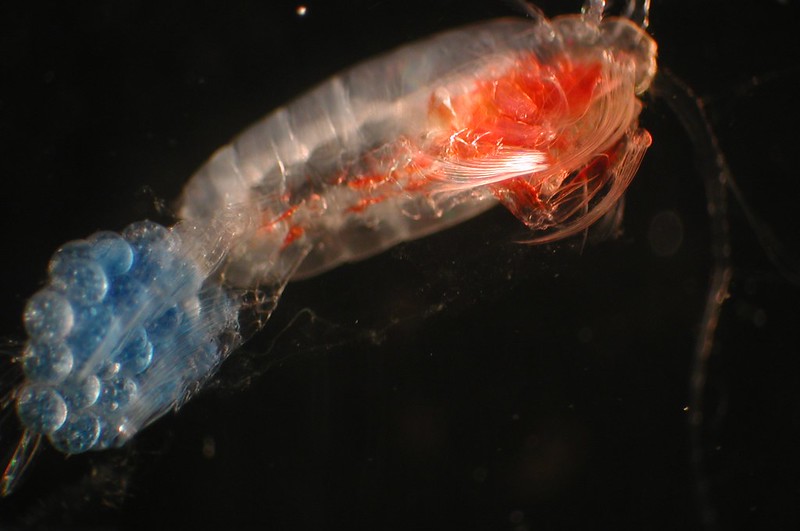
Clownfish are omnivores, which means that their systems can process both plant and animal matter. They eat zooplankton, larvae, and algae.
Life Expectancy
Clownfish typically live for three to ten years. However, people who have bred clownfish in aquariums have stated that these fish can live for up to 20 years.
10 Interesting Clownfish Facts
Clownfish have a mutualistic and symbiotic relationship with sea anemones
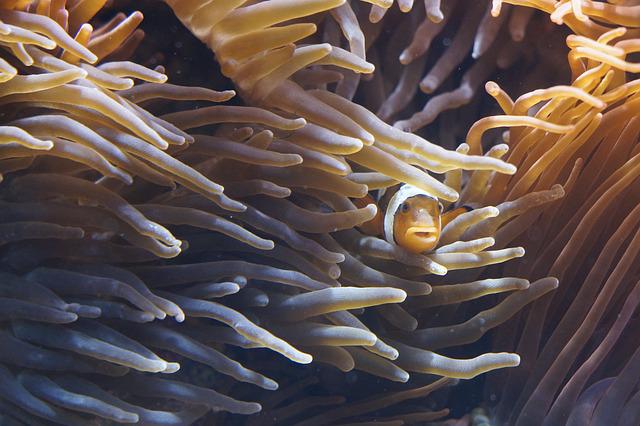
A symbiotic relationship simply means that the clownfish and the sea anemones share various benefits with each other that help them thrive. The plants give the clownfish food and offer them protection from predators, while the fish also protect the anemones from dangerous predators. The excrement that the fish produce with their bodies provides the anemones a source of nutrition as well!
Clownfish are hermaphrodites
This means that when clownfish are born, they start their lives as male fish. However, as time goes by, they become females after maturing.
Clownfish follow a dominance hierarchy
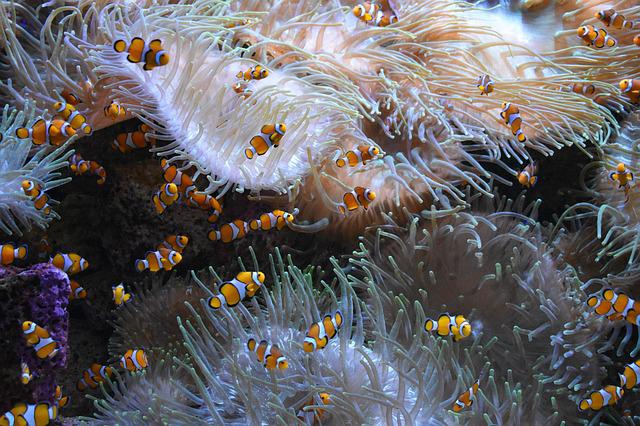
A dominance hierarchy refers to when creatures within the animal kingdom develop a ranking system among social groups. The most aggressive female is at the top of the dominance hierarchy when it comes to clownfish. After she dies, another male clownfish transforms into a female clownfish and takes her place.
Clownfish gain and offer protection to the sea anemones.
One of the main benefits of the symbiotic relationship that sea anemones and clownfish share is that both organisms offer each other protection. While the anemones protect the clownfish from predators, the clownfish do the same for the anemones, particularly at night. The clownfish keep the water around the sea anemones constantly moving, allowing them to receive a steady oxygen flow. While the clownfish moves continuously, it also helps the water flow and aerates the anemone.
Clownfish survive sea anemones thanks to mucus on their skin.
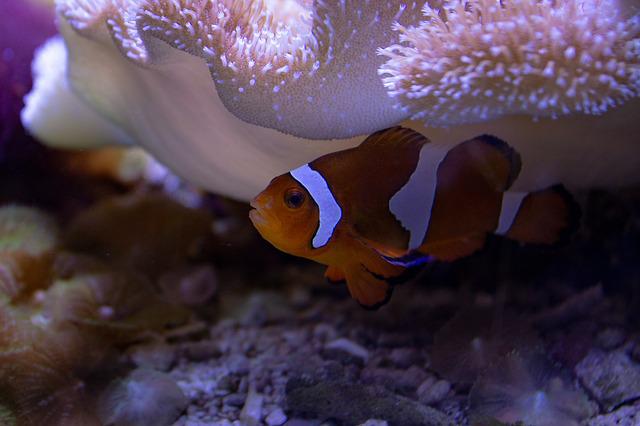
While sea anemones are often lethal to other fish, using their tentacles to poison and sting fish, clownfish are not affected by them! In fact, clownfish have a thick layer of mucus on their skin which protects them from sea anemones. Some studies believe that the mucus layer is made up of sugars and not proteins, which means that the anemones don’t see the clownfish as a source of food.
Clownfish are monogamous.
While researchers don’t know much about the mating habits of clownfish, they have found that these fish are monogamous. Polygamy isn’t practiced among these fish. If the dominant female clownfish dies, the male partner will either become a female clownfish himself or find a new female mate.
The clownfish’s reproductive cycle often intersects with the lunar cycle.
This means that clownfish typically conceive their eggs during the first lunar cycle, and their eggs hatch when the full moon appears.
Also Read: Interesting Facts about the Moon for Kids
Clownfish conceive through external fertilization.
External fertilization refers to the process by which the two clownfish conceive their eggs on the outside of the female’s body. The male clownfish guard the eggs that typically take six to ten days to hatch. Clownfish can conceive 100 to 1000 eggs at a time.
Clownfish are aggressive fish
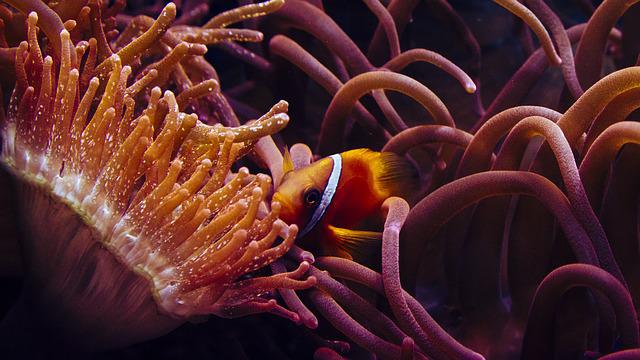
While the main characters in Finding Nemo might have been gentle and kind fish, the real-life versions of clownfish are not! In terms of their behavior, these fish are aggressive, defensive, and territorial. Their aggressive behavior likely stems from their protection over the anemones. If an intruder passes by, the clownfish fight back by biting and chasing the intruder until it goes away.
Clownfish account for 43% of the global marine trade.
Studies have shown that after Finding Nemo was released in theatres, people wanted to have this fish in their home aquariums! Unfortunately, while some people buy and breed these fish, the majority of them are captured from the wild, resulting in the clownfish population decreasing in some parts of the world.
Conclusion
In this article, we walked you through a list of the top ten most interesting facts about clownfish. These beautiful creatures add color, life, and sustenance to the ocean in several parts of the world. While it is unfortunate that their population is decreasing, we would urge you to read more about them so that you are aware of the issues they face, while also educating yourself on their relationship with the ocean.
